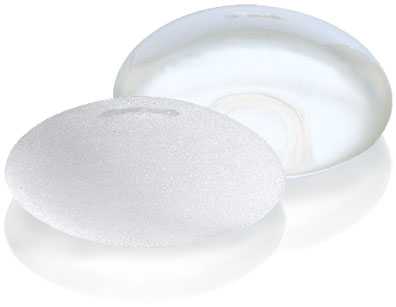Breast Augmentation (Transgenders)

Even after several years of hormonal therapy, most trans women have too little breast tissue to have a sufficiently feminine profile. Many therefore wish to undergo breast augmentation.
Bear in mind
The intervention
Breast augmentation can be done at the same time as the vaginoplasty. You will stop taking estrogen 2 weeks before the operation. Thanks to a small incision made in the armpits, at the edge of the areola or at the height of the fold under the breasts, it is possible to insert breast prostheses which will generally come behind the pectorals. Surgeons generally prefer to place prostheses behind the muscle for better coverage and to increase the chances of getting supple breasts. The precise method of inserting prostheses (through the armpits with the endoscope, using a small circular incision at the edge of the nipple and areola or an incision under the breasts) depends mainly on your personal preferences. In trans women, prostheses are most often chosen with a wider base. These prostheses are inserted in the middle as close to each other as possible, however, due to the arrangement of the nipples which tend to orient a little more outward and due to the cage. The chest is a bit wider in trans women, they may have their breasts a little wider than non-trans women, and often nothing can be done about it.
Breast implant
Breast implants always consist of a firm silicone outer shell with a rough or smooth surface. The prostheses contain silicone gel or physiological saline (salt water solution). Silicone gel has the advantage of providing a softer feel, but the downside is that it can migrate if broken. Prostheses filled with physiological saline have the advantage of being completely safe, but they give a less natural result to the touch.\nTheir volume can be adapted to the tissue of the mammary glands already present and according to the wishes of the patient. Surgeons are not (more) enthusiastic about using anatomical or teardrop-shaped implants because they have no benefits, are more increase risk.
Disadvantages and complications
Breast augmentation is a procedure that gives a very good result in the vast majority of patients. As with any surgery, bleeding, wound healing problems, and infections are some of the immediate postoperative complications. Since this is an operation performed in a sterile environment, these complications occur extremely rarely.
Possible longer term complications are as follows:
Reduced sensitivity in the nipple: Occurs rarely, and when it does, it is usually temporary. Leakage in the prosthesis: The average lifespan of a prosthesis is currently over 15 years. Formation of a shell due to excessive scarring around the prosthesis. This complication can lead to hardening of the prosthesis, with an unnatural positioning of the breast. Poor positioning of the prosthesis. In very exceptional cases, the prosthesis can move over time. This is very rare, especially with the prostheses currently in use, with a rough surface.
Free Consultation

